Sonoma’s Maki Aizawa, a co-curator of the remarkable Books Become Art exhibition at the Sonoma Valley Museum, talks with Anna Pier about her life in Japan, the artist book show at SVMA, and the artists she works with through Amu Arts.
What is the genesis of this exhibition? Museum Director Linda Keaton, who knew me from art workshops I have offered at the Museum, introduced me to papermaker and bookmaker Simon Blattner, who was hoping to create an exhibit of Japanese artist books for the museum.
So how did it come about? We went to Japan, Simon, his wife Kimberly and I, in September 2023, to find artist books. I was their guide in all ways, identifying artists, arranging guided museum visits, and bringing the artists to Kyoto and Tokyo to show their work. The Japanese museums with artist books in their collections were unwilling to lend them, so we asked the artists for loans of their works. I also introduced Simon to the scholar and curator Sieji Shinohara, who helped pack many of the works for shipping and came here to supervise the installation. I’ve been immersed in this work since 2023. I am overwhelmingly grateful to the community that has finally brought it together.
You’re a book artist yourself, and some of your friends are book artists. Yes, Veronika Schäpers, who has two pieces in the show, has been my friend for years. She and I share the same language. We are writing a book about kimono-making.
Other connections with book artists? I had a residency in Hopi, Arizona to interpret into Japanese the book, Frog Dreaming by artist Judy Tuwaletstiwa. With life artist Rose B. Simpson I am developing a reverent sewing project in Asuka, Japan. Hiroko Fukumoto, whose works are in the show, is here for two months, the first residency at Amu Arts. She presented her “Book Becomes Mushroom” art at Pixar University and at Sonoma Community Center, where there will be follow-up events.
What is your background? I was born in Sendai and grew up in Japan. I had a very classical Japanese education. At ten I began rigorous training in Ikebana, traditional flower arranging. I got certified when I was 20. I was trained in calligraphy. My mother had a kimono-making school, where I lived with 80-100 apprentices. There were master artists all around.
Why did you leave? I couldn’t see myself leading the life of a typical educated Japanese woman – married, no career. Things are changing now, but then, it was very hard. When I was 17, I had an experience as an exchange student which opened my eyes. I went to live in a remote town in British Columbia with only 500 residents. A Japanese internment camp had been there during the Second World War, and there were Japanese-Canadian women in the village. This is when I learned that the U.S. interned Japanese. I now make an annual pilgrimage to Manzanar – the former internment camp in the Owens Valley. I go with the Paiute people, who were displaced to Owens Valley.
After British Columbia? I returned to Japan, but just before turning 21 I left for Boulder, to attend the University of Colorado. After two years, I transferred to San Francisco State. My major was Art History, with a focus on museum studies. I created a floral design business in the city, and brought it with me when I moved to Sonoma with my then husband.
Family? I have two sons, ages 10 and 20. My older son Riku has spent this winter with my mother in Japan, learning traditional dyeing of textiles, with indigo and other natural dyes. I am a single mother of my younger son.
Milestone in your career? In 2011 my hometown in the Tohoku region was the epicenter of the major earthquake and tsunami. My mother, Tsuyo Onodera, was hugely affected; she had to close her school. Many friends’ homes were destroyed. This is when I began my work of bringing together art and cultures and communities. That is my mission. This is Amu Arts. Everything I do comes from it. My work in this show, which is displayed draped on the ceiling overhead as you enter the exhibition, embodies this.
Please tell me about this work. My mother and I initiated a project to bring together women who had lost everything, to teach them sewing skills so they could have a source of income, and more importantly, a connection with others. I call it Senninbari, which means “a thousand person stitches.” The work is constructed with 108 pieces of handmade Kozo (mulberry) paper, hand-stitched with silk weaving thread by thirty-five Tohoku women. For me, it illustrates the traditional Japanese belief that fabric sewn by many people becomes an amulet, protecting the wearer from danger and clothing them in prayers.
Talk about Amu Arts. Amu means “to weave.” My venture was originally called Sonoma Cultural Exchange, but I changed the name to better reflect the true nature of my mission: weaving together arts, cultures and communities. I would like to bring artists, chefs, writers, and performers together, to enhance communities through innovation, collaboration, teaching. We strive for a more equitable and heart-driven future, that elevates creative and minority voices. All my work with other artists, and my workshops for all ages in the community, this is all part of Amu. With Amu, I am envisioning the future where traditional arts are woven into the fabric of civic life.
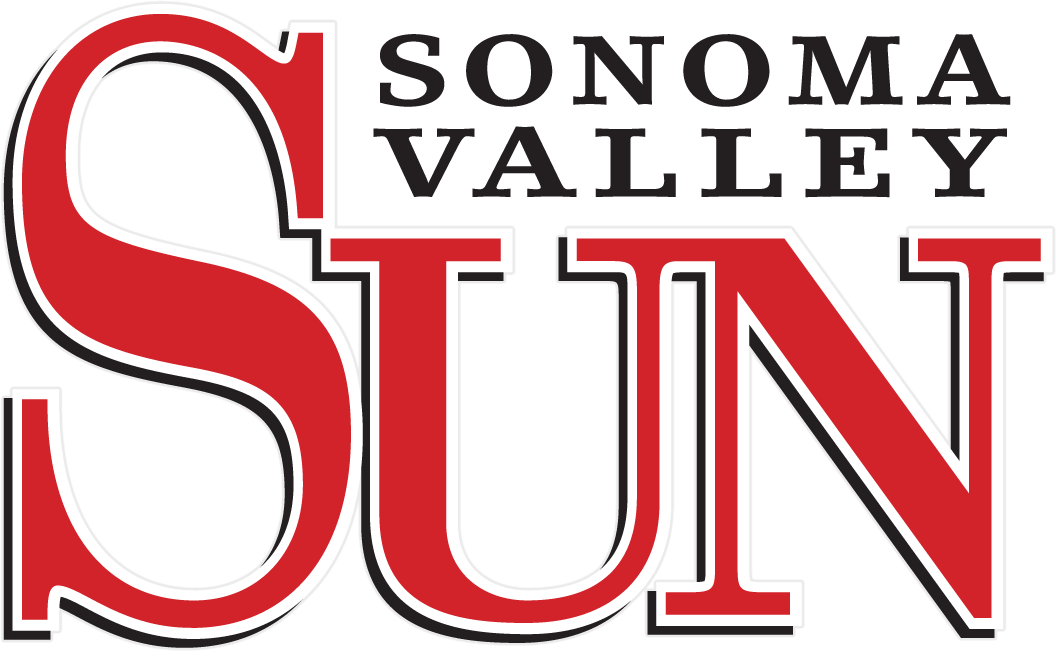
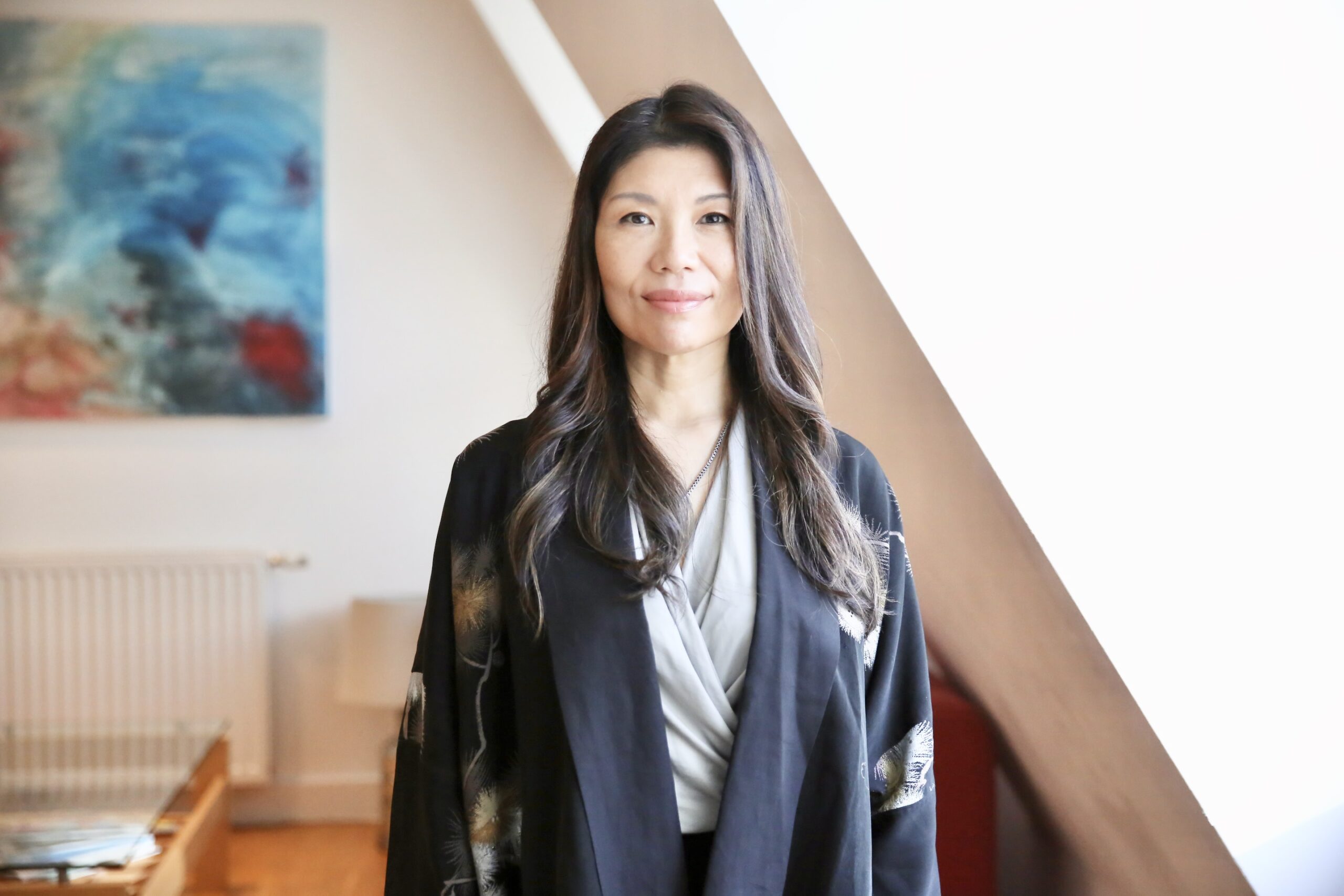
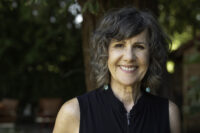
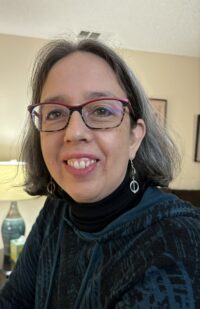
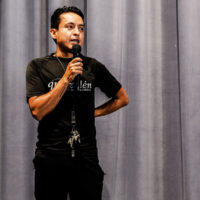
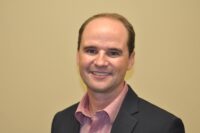
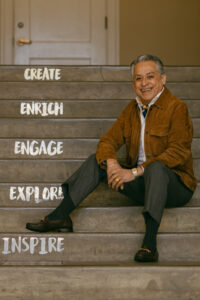
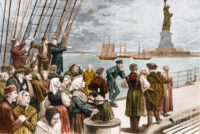
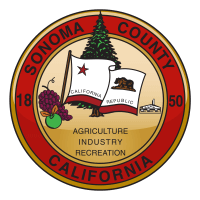
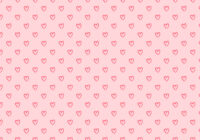
Be First to Comment